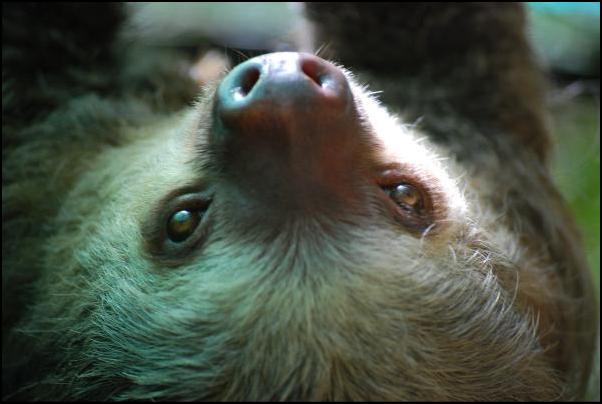
|
A few weeks ago the girls and I took a few hours to go to a lecture and observation of swans. Previously native migrates to this area, they were desecrated by hunters. The problem was, without a parent to show them how to migrate, the young swans never learned ‘how’ to fly here. So, that is why you don’t see swans around her very often. Apparently, they used to be quite common. Nowadays, people use ultralights as a method to ’teach’ the young swans (and other birds) to ’fly’ south. This option is very costly. This group has a new method where they are ’planting’ local swans in areas like Ohio, then pushing them back a little farther with each success. So far, the result has been very effective. When the swan from VA is driven up to OH he makes his way back to here. In doing so, he ’picks up’ other swans along the way. The result is ’bird teaching bird’ and much more cost effective than an ultra light. |











|
There were two basic kinds of swans, the Pure Alaskan Trumpeter had the black bill, and the Tundra swan had a black bill with a yellow bib *(below). Since these swans all live together, they tend to ‘intermingle’ and have produced many hybrids. The hybrids are easy to spot since their bills will be a swirl of yellow, black and orange (for the few Imperial swans we saw). Each swan is marked with a neck band so the team can keep track of them. Tundra swans are the only ones to migrate. A Tundra swan makes a kind of whistle noise, while the Trumpeter make the sound of, you guessed it, a trumpet. It was awesome to hear this loud group together honking and carrying on. The Trumpeter swan lays between 5-6 eggs in a clutch, and like the mallards, they do not incubate until the entire clutch is laid. The biggest problem? Snapping turtles. Once a nest is discovered they climb in for a snack. The tundra swans are the only ‘true’ migrators, but the Trumpeter was extracted and does quite well in VA! |

|
On the left you can clearly see what is meant from a ‘hybrid’ swan. Perhaps this is a cross of an Imperial and a Tundra. The Tundra swan eats invertebrates and underwater plants. The Trumpeter eats mainly plants. |
|
The day was bitterly cold, but as you can see in spite of the frigid temperatures we were able to get pretty ‘up close and personal’ with these swans. Guess who was wearing the big black glove below? The same person who I have to give props to for MOST of these pictures...Audrey! |